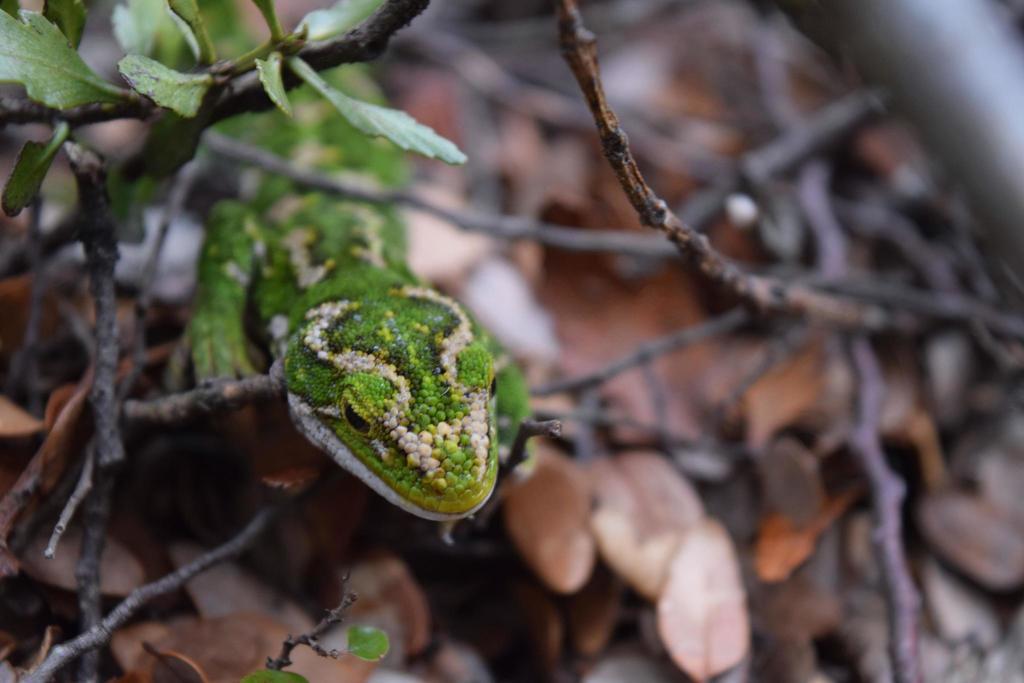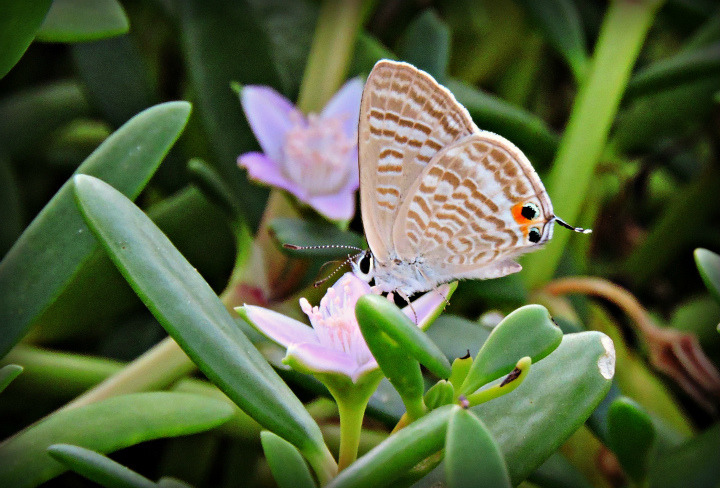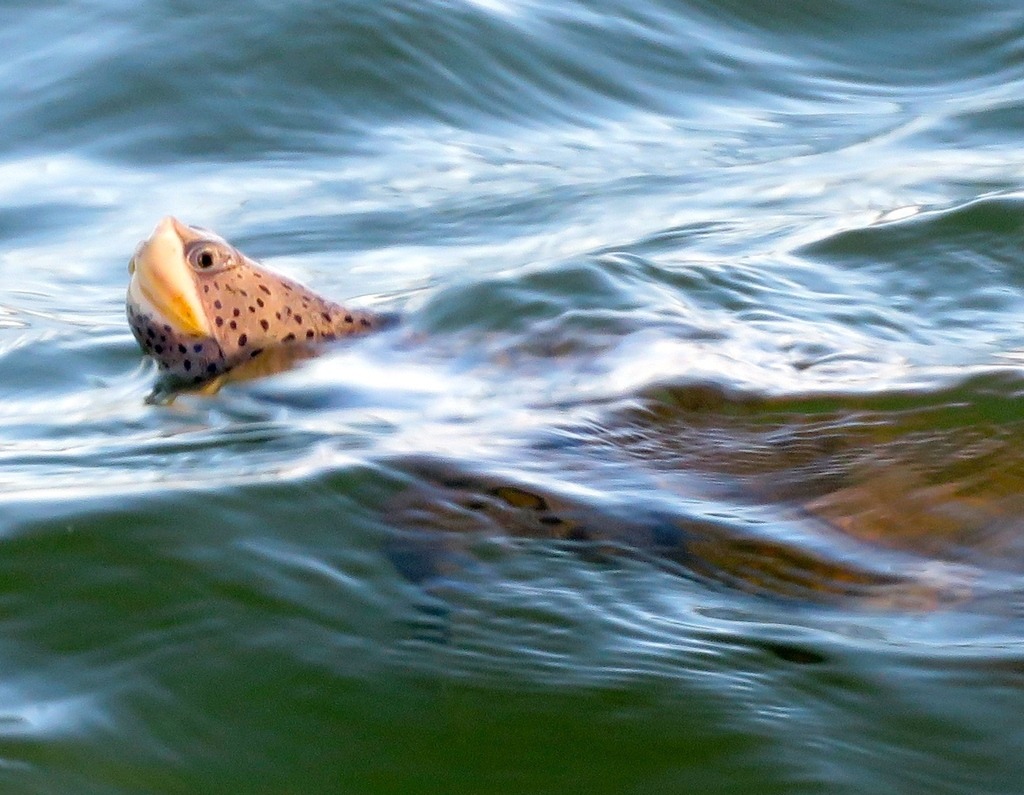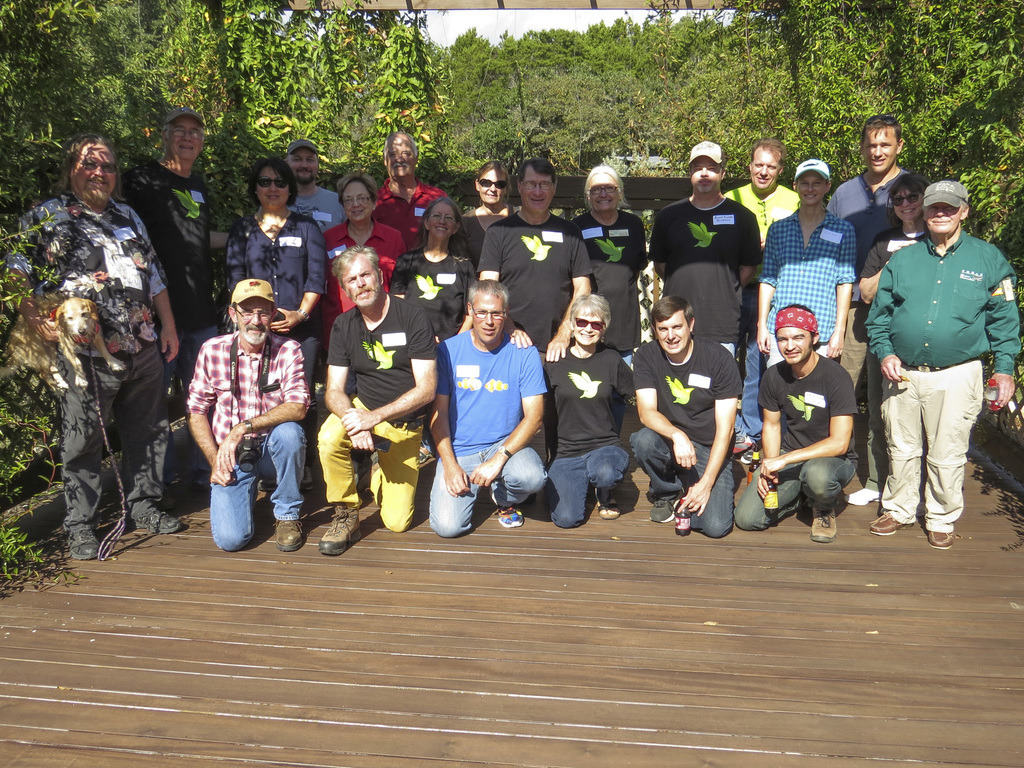Observation of the Week, 11/3/15
This Jewelled Gecko observed by Shane Orchard in New Zealand is our Observation of the Week - which also happens to be Conservation Week in New Zealand!

A riparian ecologist who’s often “on the lookout for interesting patterns in nature,” Shane spotted this Jewelled Gecko (Naultinus gemmeus) in a beech forest along the way to New Zealand’s Southern Alps. Jewelled Geckos are endemic to the South Island of New Zealand, and Shane says they are “distinguished by having more variation in color and pattern than any other gecko in New Zealand, with different color combinations being characteristic of the different regions!” The two main populations known are on Otago and Banks Peninsulas, with another smaller population found in Southland. In addition, they are occasionally recorded on the eastern slopes of the Southern Alps, as was the case here, and less is known about these populations.
In 2012 the Jewelled Gecko was reclassified the as “At Risk” under the New Zealand Threat Classification System in recognition of having an ongoing decline, partly due to pasture development. A more unusual threat is that these and other New Zealand geckos are targeted by wildlife smugglers, including a recent example of Jewelled Gecko smuggling that was discovered by authorities in Germany. “This is a key reason why iNaturalist observations of threatened species are automatically obscured,” explains Shane.
Shane is also a Trustee of the NZBRN Trust who has developed the NatureWatch NZ site, the regional node of the iNat network in New Zealand. The NatureWatch NZ team started off by hosting a separate instance of iNaturalist, but New Zealand developments “have now been merged back into the global iNaturalist platform and are now available for all!”
Citizen Scientists: Keep exploring. Keep sharing.
Maybe your discovery will become an iNaturalist Observation of the Week!
- by Tony Iwane
Hey, iNaturalists! See something that blows your mind? Click ‘Add to favorites’ so it can be considered for the Observation of the Week!












